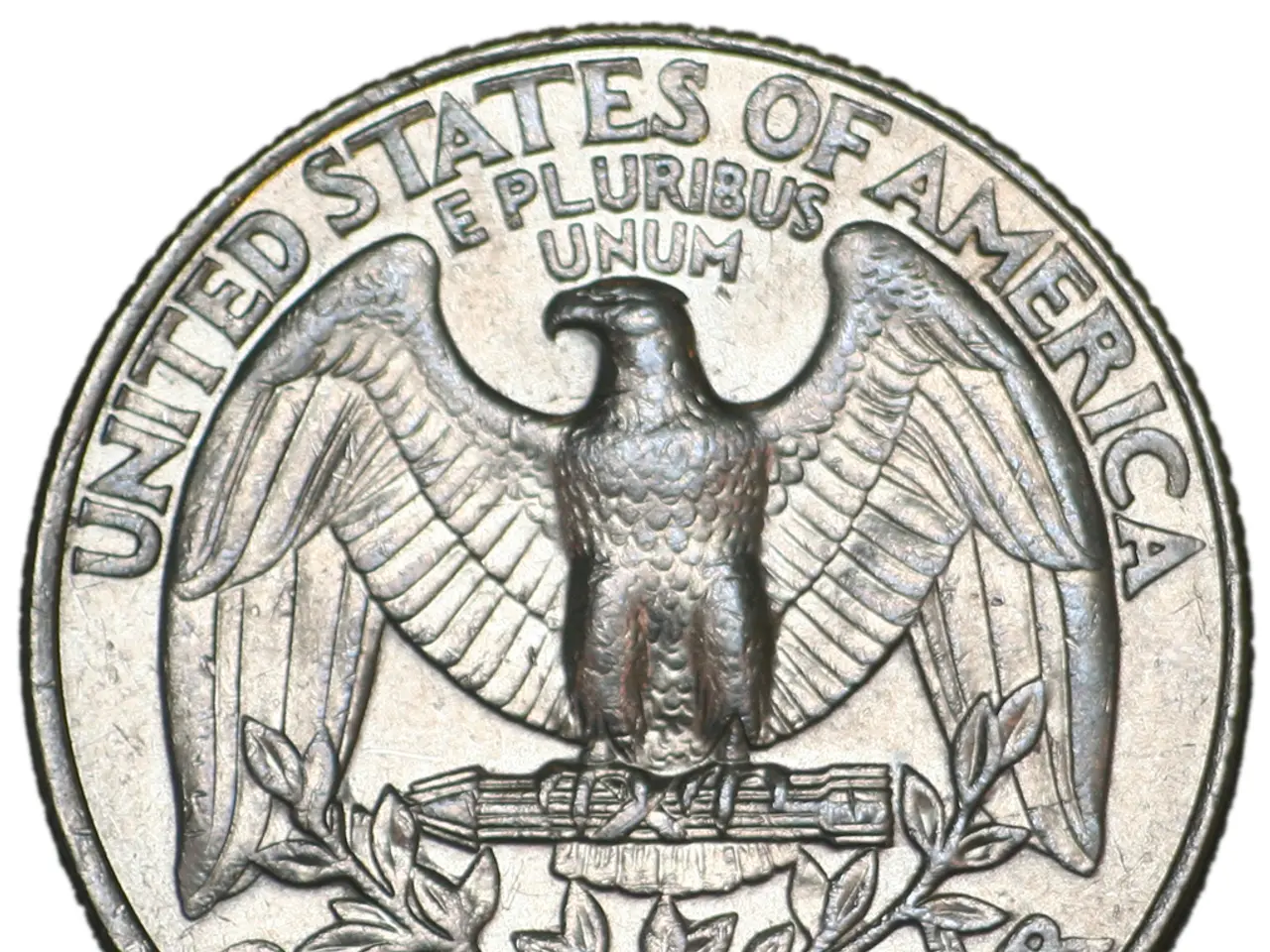Trump's decree paves the way for cryptocurrencies to become an option in 401(k) retirement plans – an explanation of the implications.
In a significant move, President Trump's 2025 executive order has paved the way for cryptocurrencies, along with private equity and other alternative assets, to be included in 401(k) retirement plans. This marks a major shift from previous restrictions, opening up a world of broader investment choices beyond traditional stocks, bonds, and mutual funds.
The decision, which directs regulatory agencies such as the SEC, Labor Department, and Treasury to update rules accordingly, has the potential to reshape retirement investing. For instance, access to cryptocurrencies like Bitcoin and stablecoins in retirement accounts could enable dollar-cost averaging into these assets directly from paychecks. While alternative assets may offer diversification and possibly higher returns, they also come with risks such as volatility, fraud, and theft. Experts advise caution, suggesting that for most investors, traditional index funds may remain safer and simpler options.
For institutions and plan providers, the order rescinds prior Biden-era guidance that urged extreme caution on crypto in 401(k)s, revert to a more neutral stance that supports fiduciaries making their own risk-based decisions without regulatory prohibitions. However, many providers are hesitant to adopt these changes quickly due to concerns about costs, legal liability, and operational complexities.
The Department of Labor’s rollback of restrictive guidance permits plan sponsors to consider crypto and other private assets, potentially expanding available investments and encouraging innovation in retirement offerings. Nevertheless, formal rule updates and implementation will proceed cautiously, so widespread inclusion of crypto in 401(k)s may take time.
Mainstream research treats crypto as a potential diversifier, with correlations to stocks and bonds that are not consistently high. U.S. spot Bitcoin ETFs offer daily pricing and exchange liquidity at a fee of around 0.25%. U.S. spot Bitcoin ETFs set new subscription records in July, and futures open interest hit an all-time high. CME's crypto contracts continue to set activity records.
Bringing 401(k) plans into the crypto mix would expand the investor base and likely improve price discovery and narrow spreads. A 1% to 2% allocation of crypto in 401(k)s over time could create a steady bid for the asset class. With a market value of crypto near $4 trillion, the potential impact on the market could be substantial.
However, uptake will be gradual and depends on regulatory clarifications, market infrastructure, fiduciary due diligence, and investor education to manage risks and benefits effectively. The executive order signals a significant regulatory shift to democratize access to alternative assets including cryptocurrency within 401(k) plans, potentially reshaping retirement investing.
One of the key players in this space is BlackRock, which holds about 700,000 Bitcoin in its largest U.S. spot Bitcoin ETF, BlackRock's IBIT. The total 401(k) savings rate reached a record 14.3% in Q1 2025, with a 9.5% employee deferral and a 4.8% employer contribution. As the dust settles and regulations take shape, it will be interesting to see how this new landscape unfolds.
Read also:
- Kobo, a prominent e-reading platform managed by Rakuten, relies excessively on third parties for its software operations.
- Google and Google Cloud team up to propel private identity technology innovation
- Nigerian Food Delivery Venture Secures $9 Million in Series A Funding Round
- Artificial Intelligence Isn't Stealing Your Job; It's the Individual Employing AI That May Be Overtaking You: Declaration by Nvidia CEO Jensen Huang







